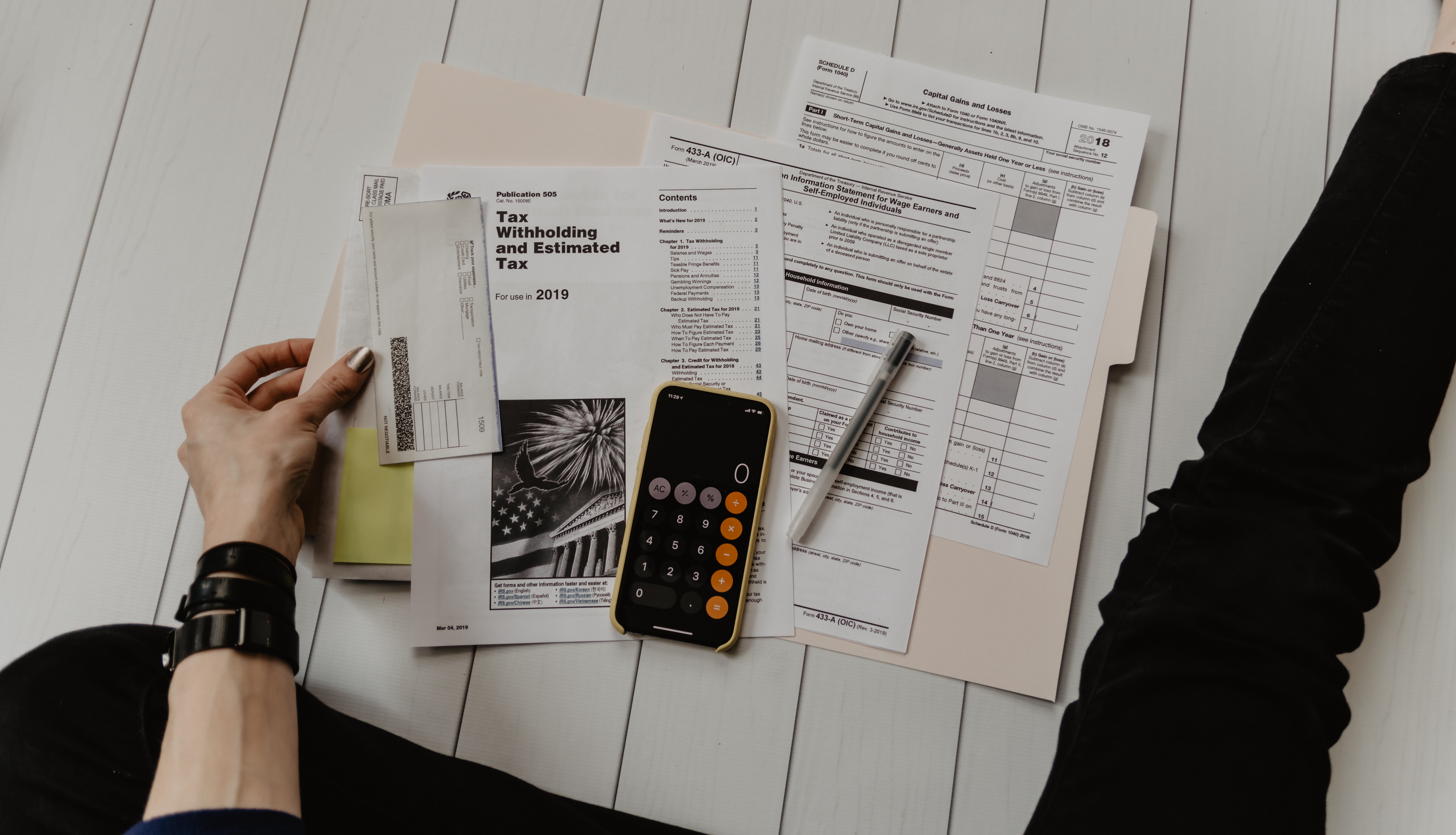Sales and Use Tax Audit
The Power of Level-3 Data in Ensuring Compliance
Navigating the intricacies of a sales and use tax audit can be daunting for many businesses. However, with the right preparation and understanding, this process can be streamlined and less intimidating. One of the most potent tools in this endeavor is Level-3 data. Let's delve deeper into the audit process, the role of Level-3 data, and steps businesses can take to ensure compliance.

Understanding the Sales and Use Tax Audit
A sales and use tax audit is a systematic examination of a company's sales and purchase records to determine if it has accurately collected, reported, and remitted the correct amount of sales and use tax. Auditors will scrutinize various transactional records, invoices, exemption certificates, and more to ascertain compliance with state tax laws.
The Role of Level-3 Data in Audit Preparation
- Detailed Transaction Records
- Level-3 data provides itemized details of every transaction, from product descriptions to quantities and unit prices. This granularity allows businesses to showcase the authenticity of their records, making it easier for auditors to verify transactions.
- Minimizing Discrepancies
- With precise data, businesses can ensure that they've applied the correct tax rates to each transaction. This minimizes errors and discrepancies that could arise during the audit.
- Streamlining the Audit Process
- When auditors request specific transaction details, having Level-3 data readily available can expedite the process, reducing the time and resources spent on the audit.

Steps to Ensure Compliance Using Level-3 Data
- Implement Data Management Systems: Invest in systems that can effectively capture, store, and analyze Level-3 data. This ensures that all transactional details are recorded accurately and can be retrieved when needed.
- Regular Data Reviews: Periodically review the captured data to identify any anomalies or discrepancies. This proactive approach can help in rectifying errors before an audit.
- Educate and Train Staff: Ensure that staff members, especially those in finance and sales, understand the importance of capturing detailed transaction data and are trained to do so accurately.
- Stay Updated with Tax Laws:Tax laws and rates can change. Regularly update your systems and processes to reflect these changes, ensuring that the correct tax rates are applied to transactions.
The Audit Process
What to Expect
- Notification
- Typically, businesses receive a notification from the tax authority informing them of the upcoming audit. This notice will detail the period under review and any specific documents required.
- Preliminary Meeting
- Before the actual audit, there's often a preliminary meeting where the scope of the audit is discussed, and any questions from the business are addressed.
- Examination of Records
- Auditors will then examine the sales and purchase records, invoices, exemption certificates, and other relevant documents. This is where Level-3 data becomes invaluable, providing detailed transactional insights.
- Findings and Adjustments
- Post-examination, the auditors will present their findings. If there are discrepancies, businesses might need to pay additional taxes, penalties, or interest. Conversely, if overpayments are discovered, businesses might be eligible for refunds.
- Resolution
- If businesses disagree with the findings, they often have the right to appeal or seek a resolution through other means.
In Conclusion
A sales and use tax audit, while rigorous, doesn't have to be a harrowing experience. With the power of Level-3 data, businesses can be better prepared, ensuring a smoother audit process. By understanding the audit's intricacies and leveraging detailed transactional data, businesses can not only ensure compliance but also foster a culture of transparency and accuracy. After all, in the realm of taxation, being prepared and informed is half the battle won. Would you not concur?